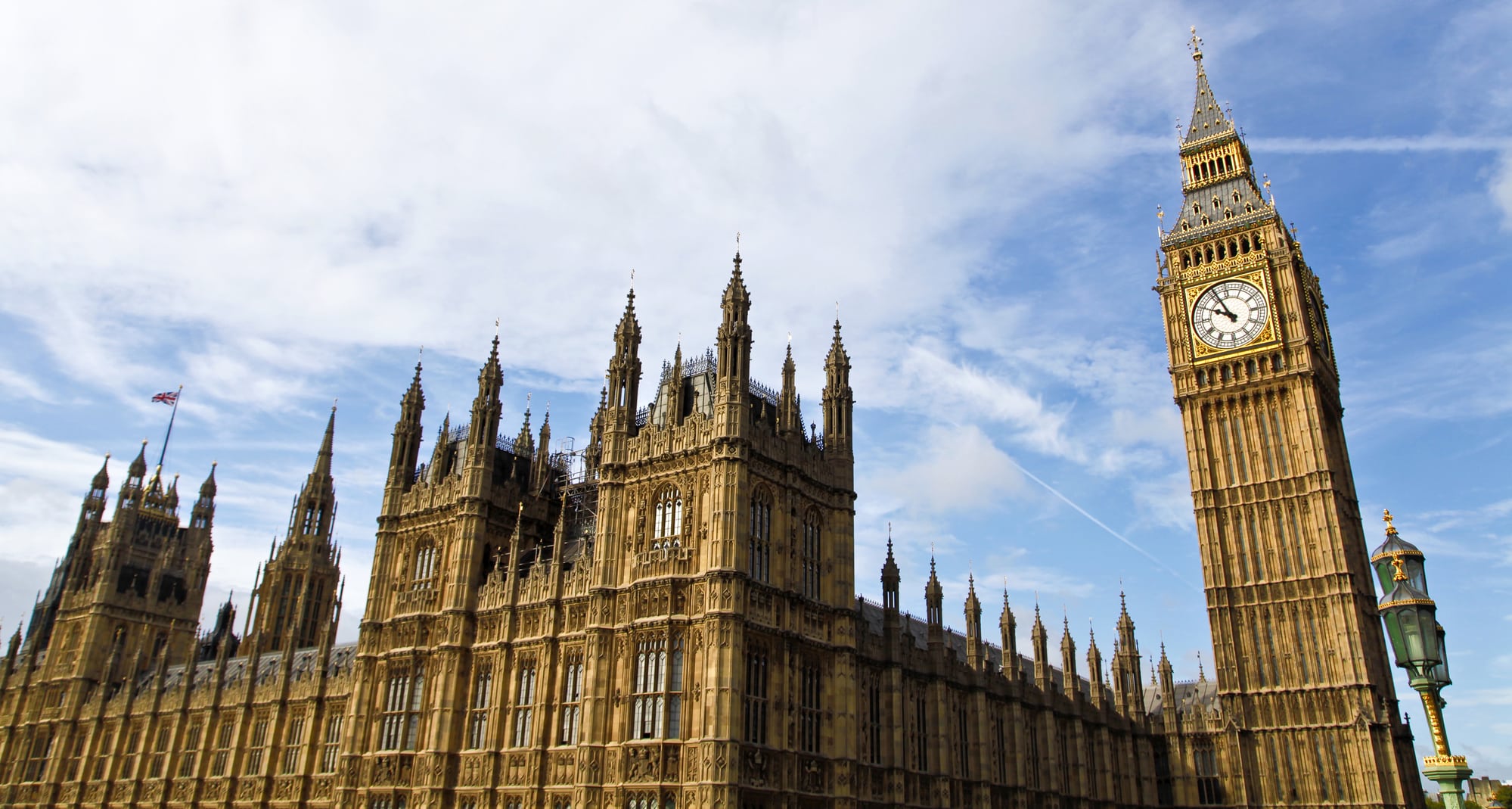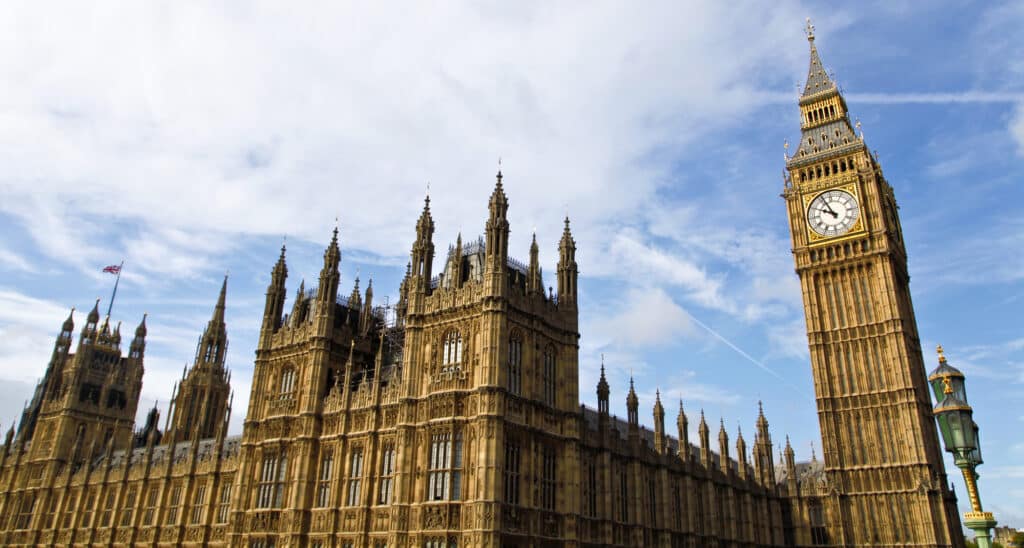Debate summary: Can companies really measure and report on culture?
Business Ethics Debates | read time: 6 min
Published: 23 May 2019

With the revised Corporate Governance Code imposing new requirements on boards to assess the culture of their company, and report on it from this year, GoodCorporation’s May 2019 House of Lords lunch debate asked whether this could really be done?
The UK Corporate Governance Code was updated in 2018 to take account of the recent focus on company culture as a factor underpinning several corporate ethics scandals. The latest version requires boards to “assess and monitor” the culture of their company and seek assurance that management has taken action where behaviours are not aligned with company values. The board’s activities in this area, and any action taken, are to be explained in annual reports starting in 2019.
Thirty company representatives attended the debate, including General Counsel, Heads of Human Resources and Heads of Compliance and Ethics. The lunch was hosted by Baroness Kingsmill, who opened by reflecting on her own experiences – both positive and negative – with corporate culture and ethics, both in management and as a board director. She noted that, in her view, the key to engaging boards on these issues is to draw clear links between culture and shareholder value. She observed that measuring a good corporate culture is a challenge; but it is easy to recognise a bad corporate culture.
The group then heard from guest speaker, James Walker, Group Head of Ethics and Compliance at Compass Group, who talked about the challenge of identifying the right set of indicators to measure culture. He provided insight into how a negative culture can undermine an organisation’s compliance and risk management efforts. Corporates guided by the premise “deliver your bottom line – or get out” are at risk of instilling a culture where behaviours might expose the company to significant risk as staff, in turn, seek to deliver on their targets at any cost. He noted that culture is dynamic, and boards need to be aware that as a company matures or changes, its culture should and will change as well. He spoke about how the new Department of Justice Guidance on the Foreign Corrupt Practices Act puts a strong emphasis on the importance of culture and senior management tone. He also acknowledged the difficulty of isolating culture as a specific topic on a board agenda.
To begin the debate, participants were then asked two questions:
1) Do you have a measure for culture in your organisation?
2) Are you confident that the measure you have works?
About half of the participants indicated they had one or more metrics in use within their organisation. Far fewer were confident that the metrics they were using are effective.
Below are some of the key themes that emerged:
- No single metric is being used to measure corporate culture across all participants’ organisations. The most common included: management training; incident response; employee satisfaction including Net Promoter Scores (NPS); exit interviews; engagement survey results; health and safety performance data; and whistleblowing or “speak-ups”. It was clear from the debate that most organisations present are still in the early stages of determining what metrics should be used to measure culture and how it will be reported to the board.
- As organisations explore how to measure culture, they are using a variety of techniques including surveys, focus groups, employee interviews, and data visualisation to improve their understanding of the day-today reality of their culture.
- Incentives matter. Most participants believed that aligning executive and employee bonus schemes with key culture metrics is vital to driving behaviours that are aligned with corporate culture. Few organisations, however, believe they have identified the best mix of metrics upon which to base these incentives. A number of organisations noted that their efforts to develop good culture were impeded by current incentives systems.
- Culture is set from the top, and how the CEO and senior management behave is crucial. Some organisations expressed very strong belief in their CEOs. They described how the CEO is approachable, meets colleagues in the corridor, and is open to town-hall type meetings. These organisations felt that the CEO was key to setting good culture from the top. Other organisations expressed more nuanced views. Some had CEOs who set a poor tone. In these cases, other senior managers were sometimes used to try to promote good corporate culture. Overcoming an unhelpful CEO style is extremely difficult when it comes to establishing good corporate culture. And, while it is clear that the management style of the top individuals is key to culture, it is very difficult for the board to ‘measure’ this behaviour.
- Governance of ethics and compliance was touched on by some participants. One noted that they have recently appointed two employees to the board as a way of ensuring transparency and accountability. Another participant noted that a board reporting mechanism that allows non-executives to hear about culture on the ground is a helpful way to ‘measure and report’ on culture, allowing non-executives to challenge management, where needed. One participant noted that their board found the results of focus group research particularly insightful. This company had used the focus group insights to remove managers and country managers where feedback was noticeably poorer than the group’s average. Another company had employed an independent consultant to travel around its offices worldwide for a number of months in order to provide the board with a ‘true’ picture of the company’s culture.
- Employee engagement surveys were the most often cited device for measuring culture. However participants generally agreed that they are not sufficient to measure culture on their own, and on occasion may, in fact, conflict with behavioural data and observation. Moreover, several participants noted there is a risk that pressure to improve scores in an engagement survey can lead to manipulation of results and pressure on employees to respond positively. It is, therefore, important that culture is also assessed through observation and on-the-ground engagement.
- Companies differ vastly in how they are organised, staffed, and managed across countries, projects, and departments. It can be helpful, therefore, to try to develop metrics that take account of these differences and gain a more accurate picture of culture across the different parts of a company. Several participants noted that the results of culture metrics often vary in those markets with a history of political surveillance where scores can different than in those without such sensitivities. Certain countries also tend to demonstrate more compliant behaviour than others. One participant noted that her company had different cultures depending on which department or function was being discussed, e.g. the finance team culture was different from the logistics team.
- No one in the room felt that they had yet developed a metric for culture that would be forward looking and would prevent future corporate failure. However, many participants noted that the search for good measurement was essential. The ideal would be to develop a meaningful leading indicator which helps to spot and prevent future problems.
The GoodCorporation view
It is clear that measuring culture is taking off. At present, we are in the early stages of settling on measures that are most helpful for boards. The emergence of a cottage industry trying out lots of approaches reflects this early stage of development. A number of leading companies have a clear sense of their ‘culture measure’, while many larger companies are still experimenting. But there is a long tail of companies that have yet to start and have not decided on any measurement of culture.
Our view is that culture can be measured. We believe that measurement should combine quantitative survey data from employees with face-to-face and/or focus groups to test and challenge employee responses. Our view is that a ‘net ethical culture score’ (NECS) can be developed by asking employees a standardised set of ‘strongly agree/disagree’ type questions which focus on the key aspects of good culture (such as willingness to speak up). These can be netted out to give an overall positive or negative view of culture. We are convinced that a sensible culture metric can be developed using this type of measurement system.
However, there is a risk that some boards do not want measurement that is meaningful. In the end, this will be the key test for corporates. Those that see an alignment between shareholder value and good culture will develop and use this type of meaningful measure. Those that prefer to bury their heads in the sand will come up with more trivial measures to simply ‘tick the box’ and comply with the Corporate Governance Code.
Our Ethical Culture Healthcheck is designed to deliver a meaningful measure; offering companies not only a strong response to the Corporate Governance Code’s requirements, but more importantly, helping them to identify and prevent bad culture from becoming poor or catastrophic financial performance.
work with us
